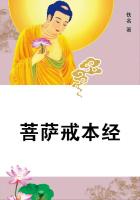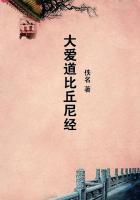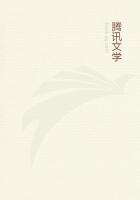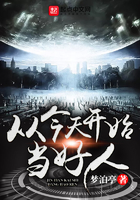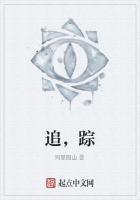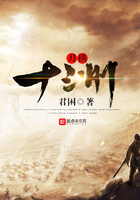The cowboy's work is nearly all done in the saddle and calls for much hard riding. He rides like a Centaur, but is clumsy on his feet. Being so much in the saddle his walking muscles become weakened, and his legs pressing against the body of his horse, in time, makes him bowlegged. In addition he wears high-heeled Mexican boots which throw him on his toes when he walks and makes his already shambling gait even more awkward.
A cowboy's life has little in it to inspire him with high ideals or arouse his ambition to achieve greatness. He leads a hard life among rough men and receives only coarse fare and rougher treatment. His life is narrow and he works in a rut that prevents him from taking a broad view of life. All that he has is his monthly wages, and, possibly, a hope that at some future day he may have a herd of cattle of his own.
Managing a herd of range cattle successfully is an art that can only be acquired by long practice, and it is surprising how expert men can become at that business. All the work done among cattle is on horseback, which includes herding, driving, cutting and roping. The trained cow pony seemingly knows as much about a round-up as his master, and the two, together, form a combination that is invincible in a herd of wild cattle. The cow or steer that is selected to be roped or cut out rarely escapes. While the horse is in hot pursuit the rider dexterously whirls his reata above his head until, at a favorable moment, it leaves his hand, uncoiling as it flies through the air, and, if the throw is successful, the noose falls over the animal's head. Suddenly the horse comes to a full stop and braces himself for the shock.
When the animal caught reaches the end of the rope it is brought to an abrupt halt and tumbled in a heap on the ground. The horse stands braced pulling on the rope which has been made fast to the horn of the saddle by a few skillful turns. The cowboy is out of the saddle and on his feet in a jiffy. He grasps the prostrate animal by the tail and a hind leg, throws it on its side, and ties its four feet together, so that it is helpless and ready for branding or inspection. The cowboys have tying contests in which a steer is sometimes caught and tied in less time than a minute.
It is a comical sight to see an unhorsed cowboy chase his runaway horse on foot as he is almost sure to do if caught in such a predicament. He ought to know that he cannot outrun his fleet steed in such a race, but seems to be impelled by some strange impulse to make the attempt. After he has run himself out of breath he is liable to realize the folly of his zeal and adopt a more sensible method for capturing his horse.
The cowboy who works on the southwestern range has good cause to fear the malodorous hydrophobia skunk. At a round-up all of the cowboys sleep on the ground. During the night, while they are asleep, the little black and white cat-like animal forages through the camp for something to eat. Without provocation the skunk will attack the sleeper and fasten its sharp teeth in some exposed portion of his anatomy, either the nose or a finger or toe and will not let go until it is killed or forcibly removed.
The wound thus made usually heals quickly and the incident is, perhaps, soon forgotten; but after several weeks or months hydrophobia suddenly develops and proves fatal in a short time.
The only known cure for the bite of the skunk is the Pasteur treatment and, since its discovery, as soon as anyone is bitten, he is immediately sent to the Pasteur Institute in Chicago for treatment.

